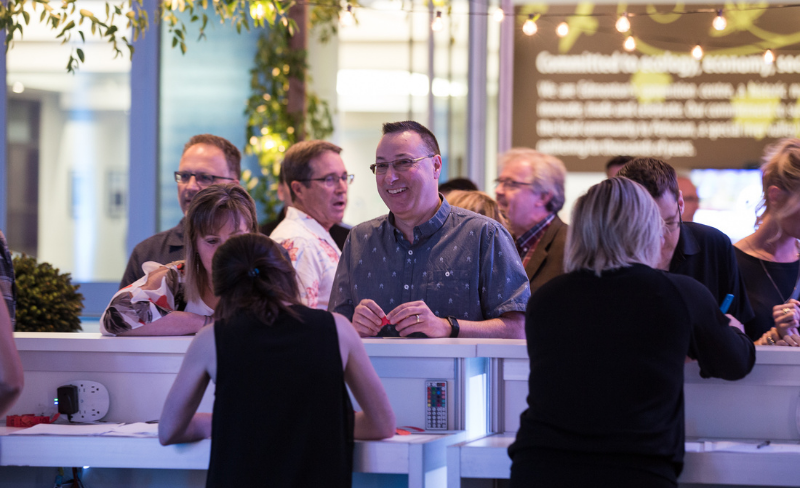For those of you who have opted to deliver your 2022 events in-person, you may be wondering if you can jump right into the planning process, just as if it were 2019 again! While much of what you plan will essentially remain the same from before the pandemic, there are some things we suggest adding into your regimen moving forward.
One of our clients has decided to move forward with an in-person multi-day, large-scale conference, so the first thing we asked was, “Will the attendees be comfortable to gather in-person?”. The best people to tell us were the people we were planning the event for, so we quickly put together a survey for that target audience. Although the survey results only reflected a small percentage of attendees’ comfort level, the sample size gave us enough information to move ahead with our clients’ wishes of an in-person event.
After you’ve done a temperature check of your attendees wants and needs (i.e. a survey), make sure you are continuing to make decisions with them in mind. One of the ways to do that is to have a Plan A and Plan B for nearly everything at your in-person event. Plan A will identify what can be done if there are minimal (or any) restrictions in place, and if people feel comfortable gathering. Plan B takes an alternate route, identifying the plan if people are no longer feeling comfortable gathering and if there are significant restrictions to be mindful of.
It is important to set a date to determine if Plan B will need to be implemented – you may also opt for Plan B to take place at a different time in the year to allow restrictions to subside. Having these plans makes sure your event is planned from beginning to end with the safety of your attendees and staff in mind, and it also allows you to maintain control if last minute changes occur.
Reminder: Your Plan A and Plan B should still be mindful of COVID-19 safety protocols and mandates pertaining to the country/province/location that your event takes place in. It is a good idea to ask our venues, vendors and speakers if they have any specific requirements or plans in place for pandemic emergencies in the early planning stages.
As we spoke about in blogs previously, make sure you have a good understanding of pandemic policies and event insurance prior to your event and make sure you understand the protocol for changes due to restrictions.
Don’t forget to ask yourself: How and where, will QR codes and negative tests be checked, if necessary? Will you employ a company for testing? Will you utilize touchless technology? How will you ensure that your guests are able to keep 6’ apart? You’ll also need to consider how much space you will need, how many event staff are needed, what technology may need to be rented, and of course, what the reporting + removal plan is if someone tests positive or has a symptom that negates them from entering the event.
Communication is key – all production staff, stage managers, banquet team members, speakers and attendees need to know what to do and who to contact if they test positive, if an outbreak happens, or if they suspect someone near them is showing symptoms. Prep for acceptance of your rules ahead of time by gauging your group’s sentiment regarding COVID-19 and mandates, inform them of what to expect, acknowledge their concerns and lastly, highlight your commitment to safety. Everyone will thank you for this forward-thinking communication.
There is a lot of additional information and considerations to think about when it comes to planning for safe spaces during a pandemic and this list only indicates a few of the processes that we are personally implementing for future events. All events will require different levels of safety, responsibility and accountability going forward, but your event can never have too much communication, pre-planning, or research!
We hope you can safely plan your in-person events this year; because once people start to attend events and feel comfortable, we are one step closer to having full-on, large-scale, face-to-face events again!
– Your Tycoon, Steph XO

